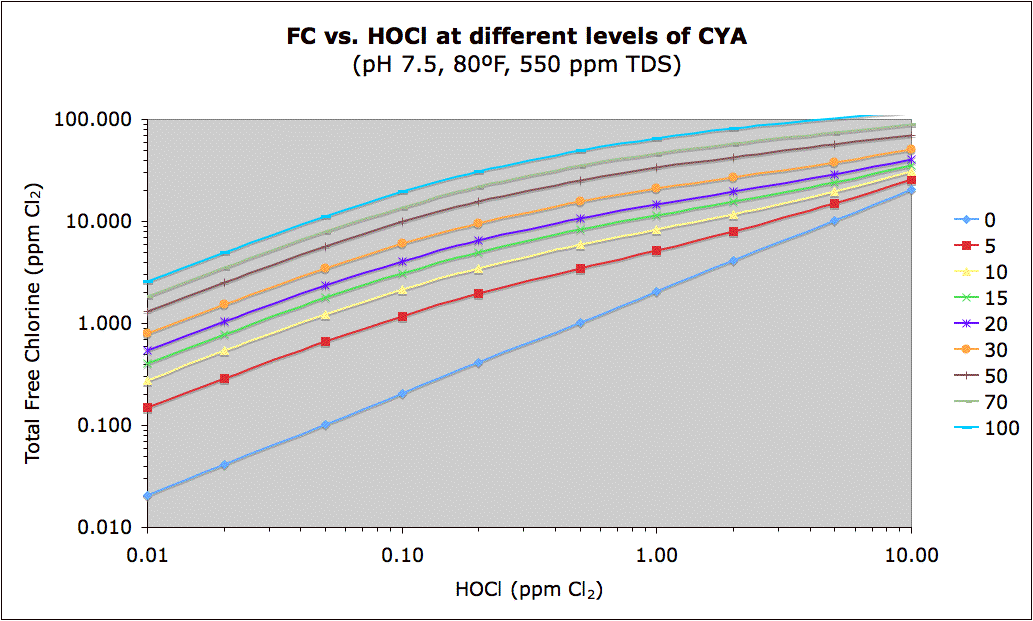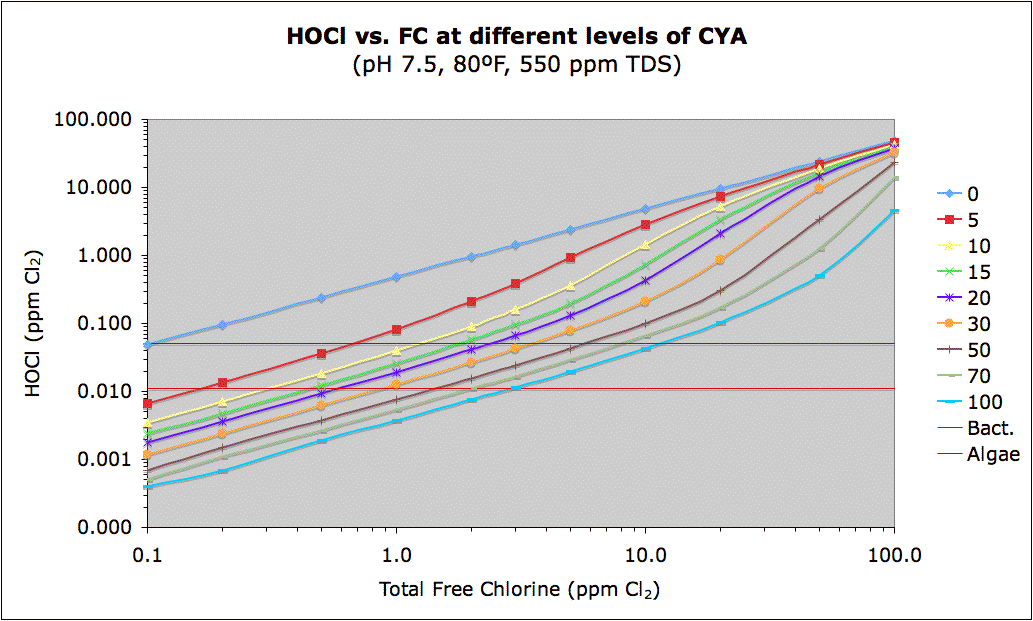- May 27, 2021
- 1,103
- Pool Size
- 17000
- Surface
- Fiberglass
- Chlorine
- Salt Water Generator
- SWG Type
- Pentair Intellichlor IC-40
Not sure of the availability in the UK, however Becs Technology controllers are commonly used here in the states to automate commercial systems. Evoqua (used to be Siemens) also has controllers available for this purpose. Pentair Commercial also offers controllers that integrate SWG control with Intellichlor SWG’s.
None of these systems replace the need for accurate testing. You still must test and calibrate and adjust the controller to the readings from a reliable test kit.
None of these systems replace the need for accurate testing. You still must test and calibrate and adjust the controller to the readings from a reliable test kit.



